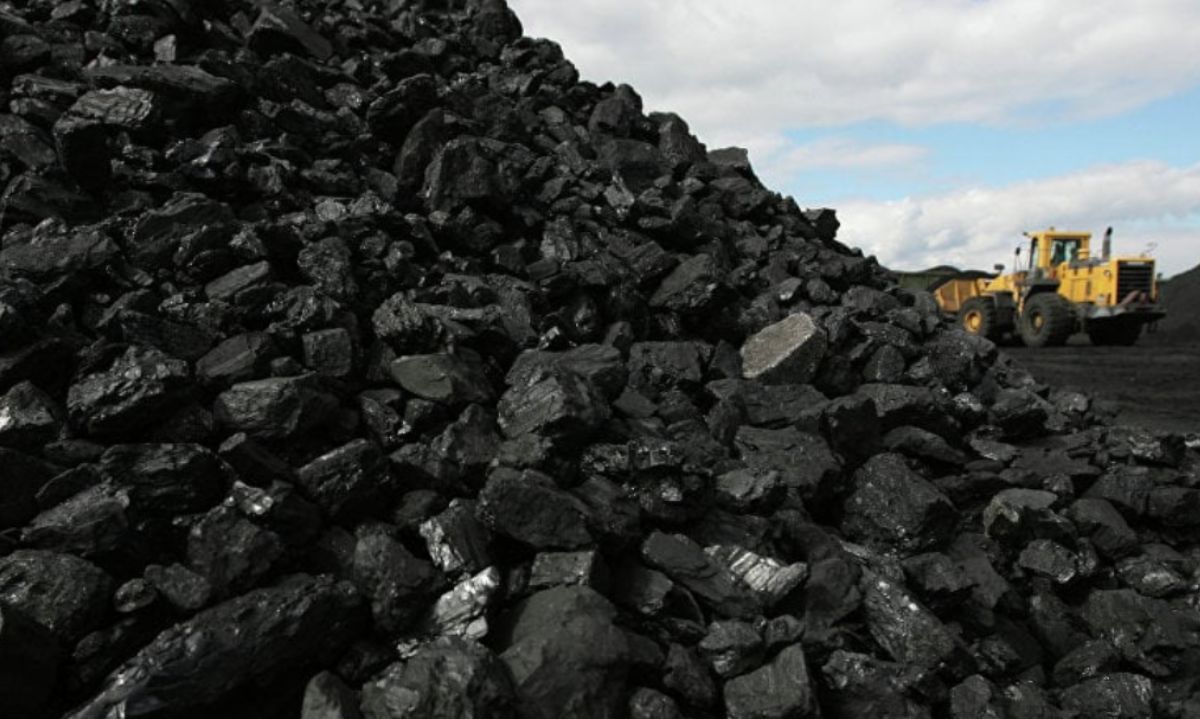
When looking at raw materials for steelmaking, iron ore grabs most headlines due to its strong ties with China's economic health. But metallurgical coal has silently performed well in the commodities space recently.
Australia dominates the metallurgical coal seaborne market, with over half of global volumes, about three times more than the next largest exporter, USA. The price of Australian metallurgical coal, also known as coking coal, on the Singapore Exchange ended at $315 per metric ton on the last week.
Contracts, linked to free-on-board Australia prices, have risen by 40.3% since the 2023 low of $224.50 per ton on July 6. In contrast, Australian high-grade thermal coal is only 0.5% higher than in 2023, while Brent crude has risen by 13.4% since its December low, and warned liquefied natural gas has fallen by 2.2% from its 2023 weakest.
Unlike iron ore, which is dominated by China consuming over 70% of global seaborne volumes, coking coal is a more evenly established market with demand centers in both developed North Asian countries and developing South Asian nations. Much of the rise in coking coal prices in recent years is likely due to increased demand from India, which saw imports rise from 53.32 million tonnes in 2020 to 70.49 million in 2023, according to data compiled by commodities analysts Kpler.
Australia remains India's largest supplier, with imports in 2023 at 41 million tonnes, slightly down from 43.22 million the year before. It's worth noting that India has turned to Russian coking coal since Moscow's war against Ukraine, scoring discounted cargoes that can no longer go to Europe due to sanctions against Russia. Russian metallurgical coal imports to India rose to 11.76 million tonnes in 2023, nearly double the 6.07 million the previous year and four times the 2.63 million in 2021.
China's metallurgical coal imports also increased in 2023, reaching 36.8 million tonnes, up from 27.05 million the year before. This is largely a reflection of Australian coal returning to China after Beijing lifted its informal ban, imposed in 2020 amid a series of political disputes with Canberra.
Australian coking coal exports have been lower in recent years, largely due to supply disruptions caused by adverse weather in the main producing state of Queensland. However, they rebounded in February, with Kpler data showing shipments of 17.86 million tonnes, the second highest on record behind the 18.65 million in June 2019.
The strength was not really a China or India story, with Japan leading import growth in February, with Kpler assessing arrivals at a three-month high of 4.56 million tonnes, of which Australia provided 3.86 million.
South Korea also saw higher imports in February, with arrivals of 3.45 million tonnes, the highest since November 2021, according to Kpler. The overall picture that emerges for seaborne coking coal is one where demand in Asia is recovering, with Kpler data showing imports from the region rose for the third consecutive month in February, likely reaching 19.8 million tonnes, up from 19.46 million in January and the best month since October.
Longer-term prospects are more nuanced, given efforts to reduce carbon emissions in the steel sector. BHP Group, the world's largest metallurgical coal loader, believes the market has decades of life left, as alternatives to coal for steelmaking are either cost-competitive or not of scale for decades.
However, the company also warned in its earnings presentation this week that investing in new mines is less attractive, especially in Queensland, where the state government imposed much higher royalties in July 2022.
While it's expected for a company to push back against higher taxes, the trick for BHP is to invest to keep production high enough to meet demand but low enough to keep prices strong, but not so low that the Queensland government goes ahead with its threat to strip the company of its mining licenses if it doesn't invest enough.




